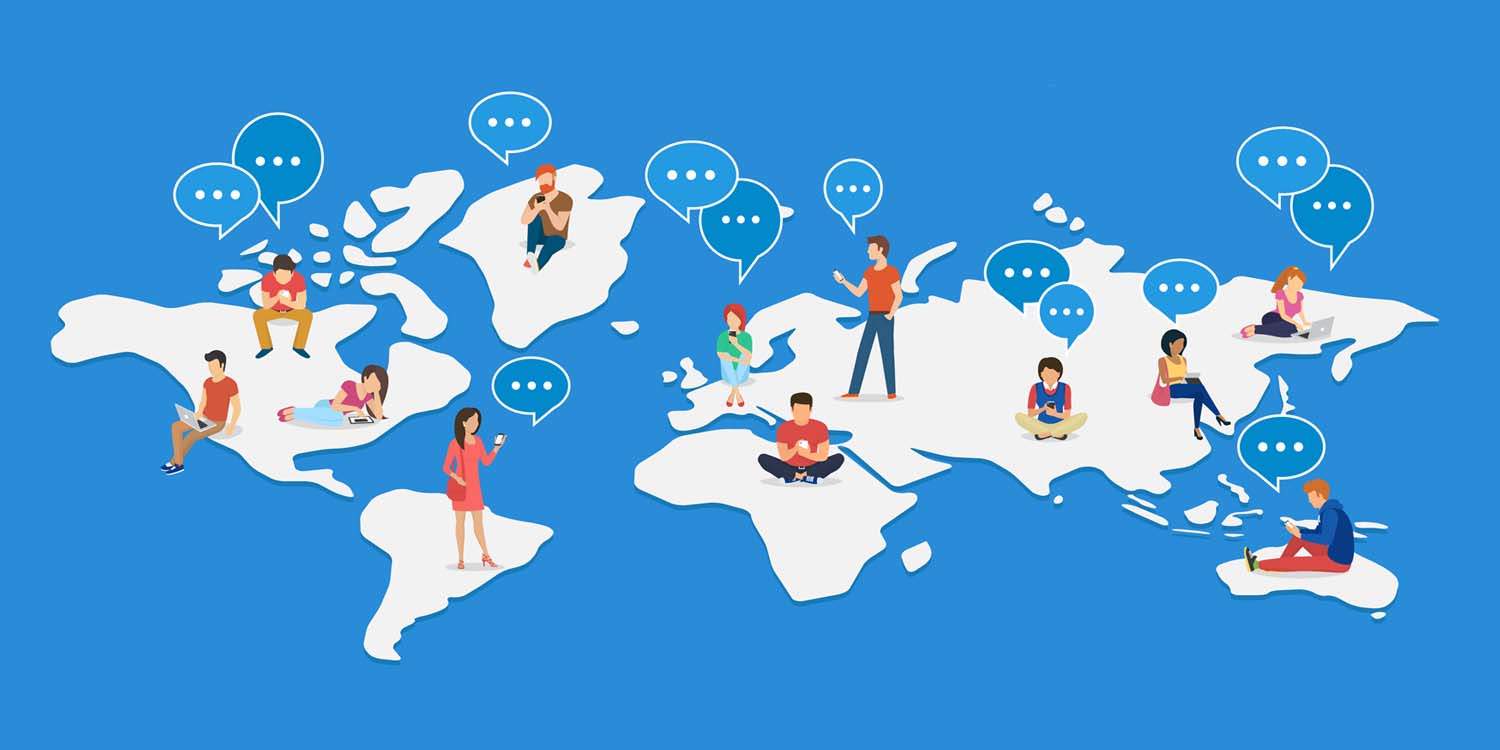There is no doubt that social media has a big role to play in digital marketing. But is there really a “better” platform to use in your campaigns?
The rise of the Internet has been so quickly followed by the emergence of social media that it is difficult for anyone not to link them together. This is even more true for the millennial generation, who grew up with both.
Having started as a way to stay in touch, the goal of social media has broadened. If it included less tasty elements, it was also a way to spark public debate and raise awareness.
Along with that, there has also been an increase in its commercial use. With the Web providing more and more opportunities for digital advertising and the development of content marketing, social media has also provided parallel opportunities.
Indeed, many digital marketing strategies now involve combining the two – and for good reason. By being able to supplement the content of your website with social media, you can reach more people and also reach the same potential market in several ways.
What are your options?
Having established that social media has a big role to play in marketing, the question of what the best channels to use can arise.
The simplest answer to this query is that there is no single correct answer. This is for several reasons:
- Different products and services may be marketed more effectively on one social media platform than another, but it won’t always be the same one.
- Your buyer persona may be more likely to use one social media platform than another, so much depends on your target market.
- The most effective marketing campaigns can use more than one platform.
The differences between platforms and why they matter
With all of this in mind, it is important to consider the different options and what each of them can offer you.
- Facebook and YouTube are the most heavily-used platforms in the UK, with over 40 million users each. This means they are the best options if your priority is to reach as many people as possible.
- Facebook and YouTube are also two of the most viable options for video. Facebook can combine this with other content, while YouTube has the advantage of being able to host longer videos and will attract people specifically browsing for this form of content.
- Instagram is very effective for a mix of still pictures and video, with the former taking priority. Text is less important, so this is useful when the focus is on the visual aspect of a product.
- While Facebook and YouTube have diverse user bases, Instagram is more skewed to a younger and female audience, which makes this an ideal target if this matches your campaign’s buyer persona – and a poor option for targeted older male customers.
- LinkedIn is geared at the professional services sector and, as such, is a more specialised form of social media that can be used for marketing professional services.
- Twitter has a diverse user base and is best suited to short, snappy text content, although the inclusion of links can connect tweets with other content.
- These differences provide good examples of how a marketing campaign can use different social media at the same time to highlight different aspects of the goods or services you offer – or present them in different ways.For example, suppose you want to reach a market that may sometimes have time on its hands, but may not do so all the time. Clearly, anyone watching a lengthy video on YouTube will have enough time free to do so, whereas those with just a few minutes to spare might check Twitter instead.If your target market is someone in full time employment, this combination of different media could work well. For example, they might have time to watch a video while on their commute to and from work, but just a few minutes to look at Twitter in their mid-morning break.
Using PPC
It is not just through the use of different kinds of content that you can reach people via social media. Pay-per-click advertising is also available on different platforms.
Once again, there is no single answer to what the best option is. But a few factors are worth taking into account. For example:
- Facebook has the largest potential audience, costs little to use and offers microtargeting.
- LinkedIn is likely to have the most relevant audience because of the narrower demographic and it is possible to target high-value audiences with great precision.
- Twitter ads are interactive and can be retweeted.
At the same time, these different options also have their downsides. For example:
- Facebook ads will only be seen if people are paying for it, so your organic reach is reduced.
- LinkedIn is very good for reaching people, but it comes at a higher cost than other PPC options and ad readers matching your buyer persona will not be interested in your services as they are using the site for job hunting.
- Twitter Ads are constrained in the same way any Tweet is by the 140-character limit and sometimes targeting is a bit hit-and-miss.
With these different factors to take into account, it is important to think carefully before deciding what PPC option is best. You should also keep close tabs on progress and discontinue a PPC campaign if it is not working through a particular platform.



Leave A Comment